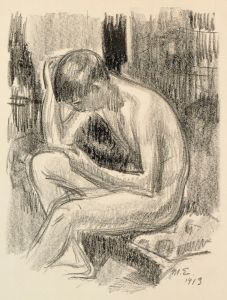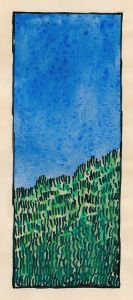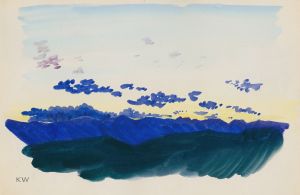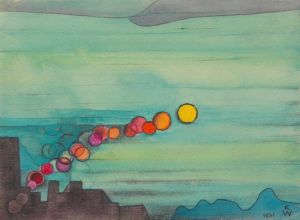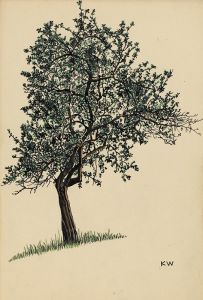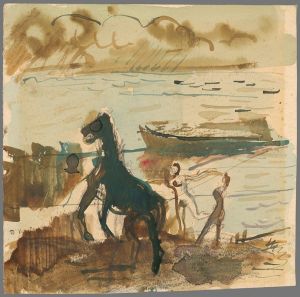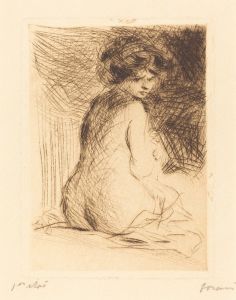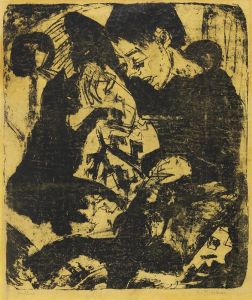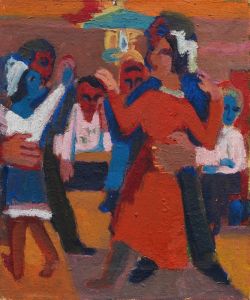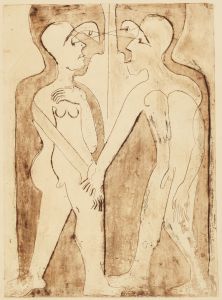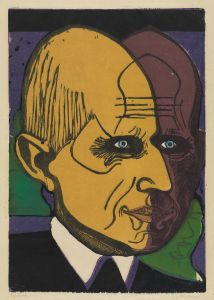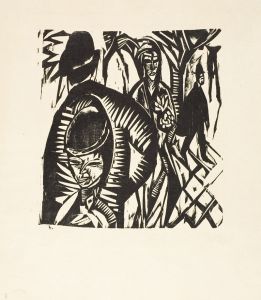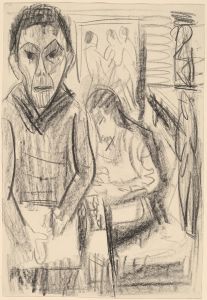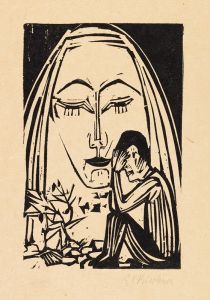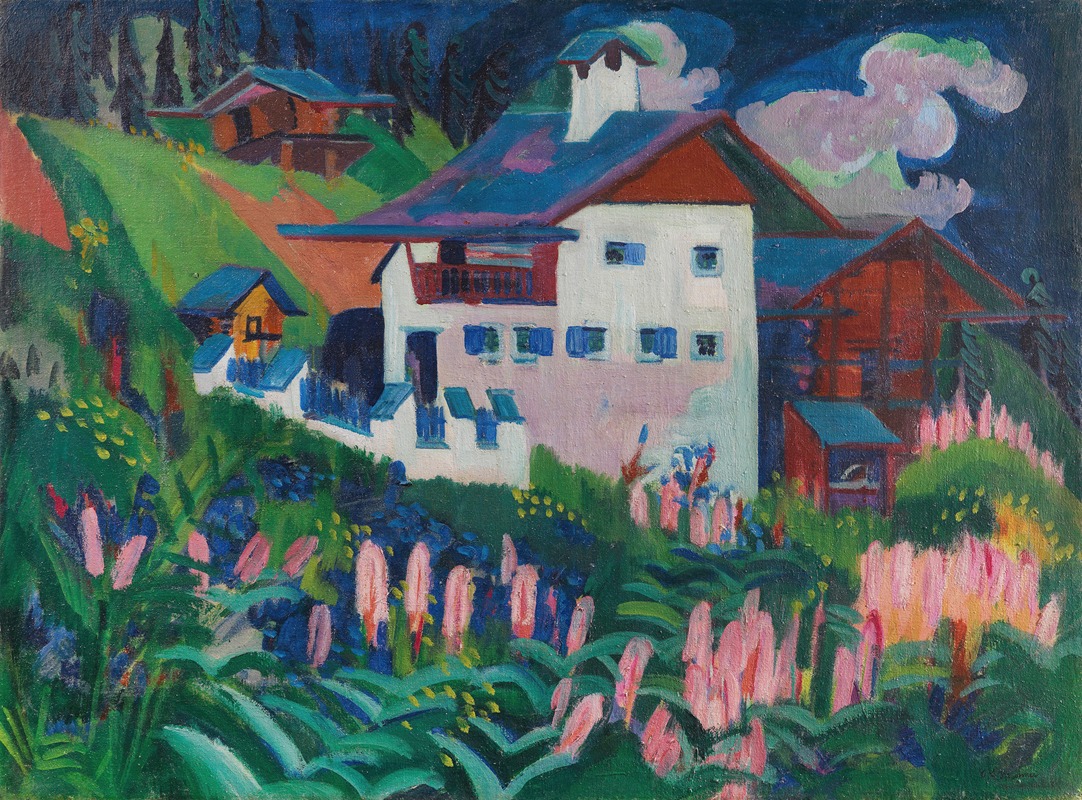
Unser Haus
A hand-painted replica of Ernst Ludwig Kirchner’s masterpiece Unser Haus, meticulously crafted by professional artists to capture the true essence of the original. Each piece is created with museum-quality canvas and rare mineral pigments, carefully painted by experienced artists with delicate brushstrokes and rich, layered colors to perfectly recreate the texture of the original artwork. Unlike machine-printed reproductions, this hand-painted version brings the painting to life, infused with the artist’s emotions and skill in every stroke. Whether for personal collection or home decoration, it instantly elevates the artistic atmosphere of any space.
Ernst Ludwig Kirchner was a prominent German expressionist painter and one of the founding members of the artist group Die Brücke (The Bridge), which played a pivotal role in the development of modern art in the early 20th century. Kirchner's work is characterized by its bold use of color, dynamic compositions, and expressive forms. Among his many works, "Unser Haus" is one that reflects his unique style and artistic vision.
"Unser Haus," which translates to "Our House," is a painting that exemplifies Kirchner's exploration of domestic and urban themes through the lens of expressionism. While specific details about this particular painting are limited, Kirchner's broader body of work provides context for understanding its significance.
Kirchner was deeply influenced by the rapid changes in society and the urban environment during the early 1900s. His art often depicted scenes of city life, interiors, and the human figure, capturing the emotional and psychological undercurrents of the time. The title "Unser Haus" suggests a personal or intimate connection to the subject matter, possibly reflecting Kirchner's own living space or a symbolic representation of domestic life.
In Kirchner's paintings, architectural elements and interiors are often rendered with exaggerated perspectives and vibrant colors, creating a sense of movement and emotional intensity. This approach can be seen as a response to the alienation and fragmentation of modern life, a theme that was central to the expressionist movement. Kirchner's use of color and form was not intended to replicate reality but to convey deeper emotional truths and subjective experiences.
The Die Brücke group, which Kirchner co-founded in 1905, sought to bridge the gap between traditional academic art and the new, more radical forms of expression that were emerging at the time. The group was heavily influenced by non-Western art, particularly African and Oceanic art, which they saw as more authentic and spiritually connected than the industrialized Western world. This influence is evident in Kirchner's work through his use of simplified forms and bold, contrasting colors.
Kirchner's career was marked by both critical acclaim and personal struggles. He faced significant challenges during World War I, which affected his mental health and artistic output. Despite these difficulties, he continued to produce a substantial body of work that has had a lasting impact on the art world. His paintings are celebrated for their innovative approach to form and color, as well as their ability to capture the complexities of modern life.
"Unser Haus," like many of Kirchner's works, reflects the artist's commitment to exploring the human condition through the transformative power of art. While specific information about this painting may be scarce, it remains a testament to Kirchner's enduring influence and his contribution to the expressionist movement. His legacy continues to inspire artists and art enthusiasts around the world, and his works are held in high regard in major art institutions and collections.





